Culture
Hiyori Kon Meets Matt Kay: The Making of ‘Little Miss Sumo’
Published
4 years agoon
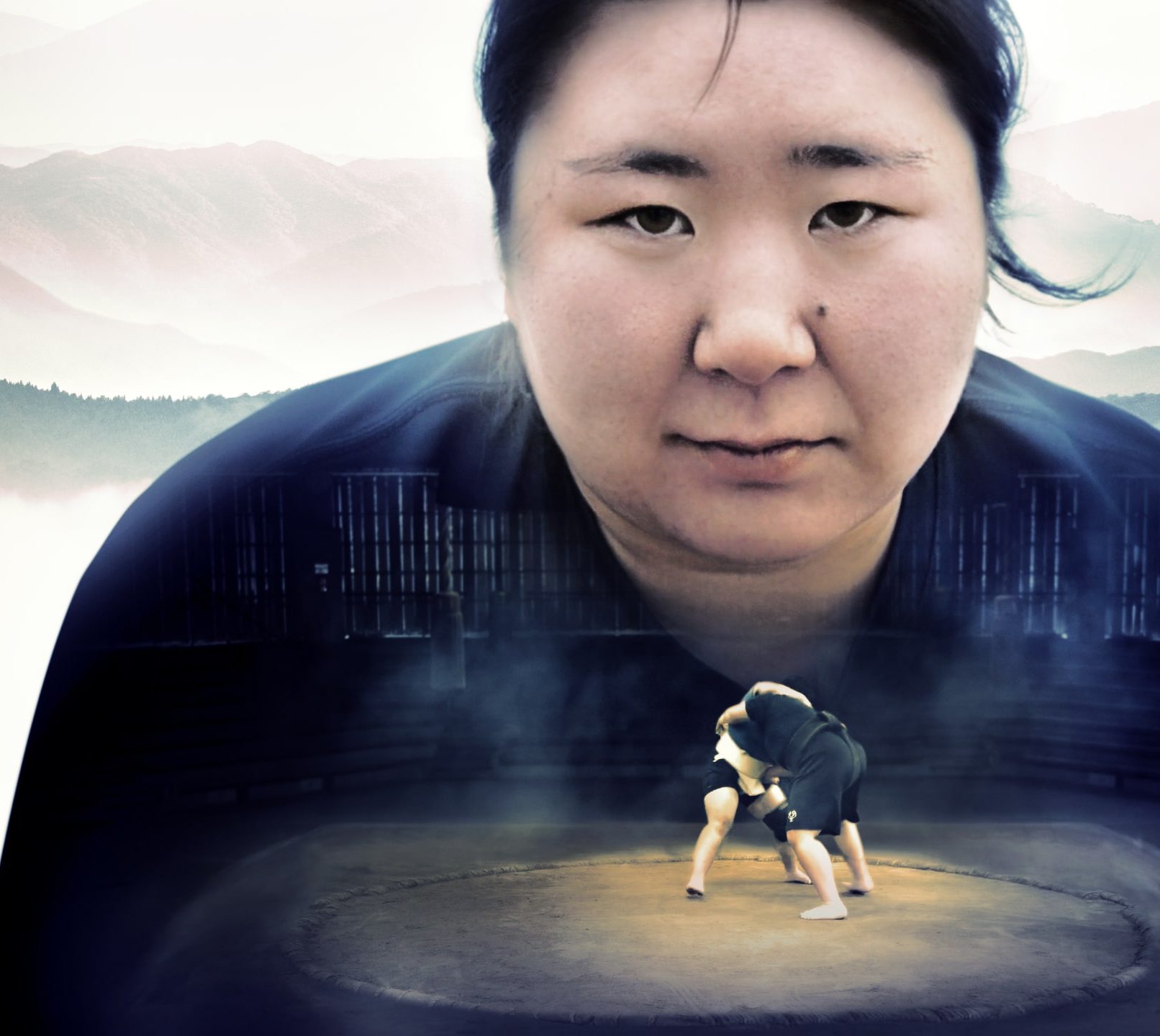
“What I try to do, is create films that will foster change in themselves, or at the very least start a conversation,” said Matt Kay, 31-year-old documentary director.
Kay directed Little Miss Sumo (2018), an 18-minute short film which follows the Japanese athlete Hiyori Kon as she attempts to become the number one female amateur sumo wrestler in the world — that, in a sport which is mainly associated with men.
Kay founded his production company, Walks of Life Films (WoLF) only in 2012, but he has managed to spread his net wide, and the story has caught on both in Japan and abroad.
Kay told JAPAN Forward that this had been his “most ambitious project so far.”
Little Miss Sumo was released in 2018. It has since won several international awards and been showcased in more than 40 major festivals on five continents, including the likes of the British Film Institute Festival and Tribeca.
In end-October 2019, the film became available on Netflix in 190 countries. It has been translated into 30 languages and dubbed into nine. At the same time, the word spread beyond film, and in mid-October 2019, the BBC 100 Women list nominated Kon in recognition of her efforts to pave the way for other women who want to become sumo wrestlers.
With the Tokyo 2020 Olympics and Paralympics looming, and the debate in the world of sumo regarding the role of women, JAPAN Forward sought to find out more from two people who approached the topic head on.
In exclusive interviews with Matt Kay and Hiyori Kon, we talked about the making of Little Miss Sumo, the debates surrounding amateur and ‘Grand Sumo’ (currently the only professional form of sumo), and what exciting things await the sport in 2020.
The Beginnings
Hiyori Kon’s love for sumo started simply enough. When she was in her first year of elementary school, her brother took her to her first sumo match. Kon comes from Aomori, a prefecture in northern Honshu and a hub for aspiring sumo wrestlers.
The young Kon seemed to have developed a knack for it rather quickly. For the first three years she did sumo, she didn’t lose a single match — even when the opponent happened to be a boy. In the film, there is footage of a young Kon smiling toothily in the camera, with her umpteenth medal.
Meanwhile, in Manchester, U.K., a young Matt Kay had cultivated an interest in sumo. Kay happened to grow up in a house with five women: his mother and his four sisters. He would later explain to us, chortling about how this affected the way he thinks: “I would say, I was a little more aware of women’s rights than your average man.”
Finding Hiyori
Fast forward a few years to 2017. Kay was a grown man, directing his own documentaries at WoLF, a company dedicated to producing socially aware documentaries that make appearances in The Guardian, on the BBC, and other television channels.
As an adult, Kay recalled his childhood musings about why there seemed to be no women sumo wrestlers, prompting him to further research the situation in Japan.
Digging a little deeper, he found the key distinction of amateur and Grand Sumo, as mentioned before, currently the only existing form of professional sumo. Amateur female sumo wrestlers existed and were prolific to some extent. But there were no professional women sumo wrestlers, and no formal structure in place to help women pursue this path. As a result, most women ended up quitting after university.
Kay was intrigued and, when looking for female amateur sumo wrestlers to meet, he found that Ritsumeikan University in Kyoto had a strong sumo club, and “seemed to be one of the few universities where female and male [athletes] practiced together.” Ritsumeikan currently has female athletes who qualify regularly for world championships, while the male athletes, not so much.
When Kay visited Kyoto in April 2017, Hiyori Kon was a second year student at Ritsumeikan. She had just moved to Kyoto from Aomori the previous year.
She also happened to be interested in International Cooperation and Cross-Cultural Communication, and upon reflection Kay argued this might have had an impact on why he was drawn to her as a character. Kay reflected, “She seemed more aware why she wanted to succeed.”
The Behind-the-Scenes of ‘Little Miss Sumo’
The film follows Hiyori Kon in her everyday life as an athlete, culminating in the World Women’s Sumo Championship in July 2018, where Kon reached the individual finals, only to be beaten after a tough match against Russian athlete Anna Poliakova, who was about twice her size.
The World Championship competition itself was tough for Kon, who was used to doing well, but found insurmountable challenges. “It was really hard, there was even a point when I thought I wasn’t worthy of being the Japanese representative,” she said.
There was the sheer size of her opponent, which Kon admitted the first time she came up against her, was “terrifying." But also, there is the fact that foreign athletes, unlike Japanese athletes, often benefited from training in several martial arts.
“What I often hear is that foreign athletes start sumo as a hobby to complement their training for wrestling, for example. So, they use a variety of techniques in their fighting, which makes them very strong,” Kon said.
Kay elaborated on the technical difficulties of filming the matches: “I felt as though I was running around like a headless chicken most of the time, and the match only lasts seconds. You can’t ask them to do it again, can you?”
Having said this, the opening scene is a dramatic portrayal of Kon practicing on the sand dunes of the Tottori sand dunes, with an ominous sky in the background. One would hardly guess that Kay had little formal training.
The way natural daily interactions are shown in the film is fascinating. A particularly endearing scene shows Kon going with her friends to the aquarium, and she jokes that the seal in front of them has the same amount of body fat as she does.
Kay reflected that, ironically, the seemingly candid nature of the scenes might have been due to his lack of Japanese skills. He added, “In a way, I could more easily blend into the background.”
Was it unsettling for Kon to have a stranger enter her life and spend weeks on end with her, even during intimate family gatherings over Christmas and the New Year?
Kon was adamant that Kay hadn’t been a stranger in her life. She said: “It was really fun. I mean, obviously we are only human, there are things we will disagree on…. I thought that the way the film is made, it manages to convey respect for me as an athlete, but actually there are many bits where I thought it showed respect for me as a human being. So, really, the feeling of a ‘completely stranger’ gradually disappeared.”
(To be continued.)
- [Hidden Wonders of Japan] On Mother’s Day in Hokkaido There’s Women- Only Sumo
- Loincloths and Cheerleaders: Kanazawa’s High School Sumo Tournament
- Life or Tradition? The Problem With How We Responded to the Sumo Controversy
- Trump Visit Day 1: First ‘U.S. President’s Cup’ Awarded to Sumo Tournament Winner
- The Spring Sumo Tournament Concludes with an Epic Finish
Author: Arielle Busetto

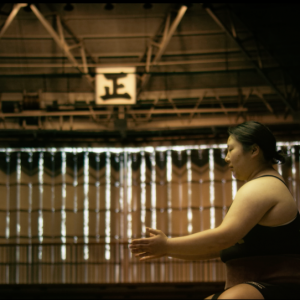
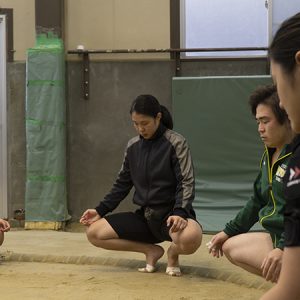
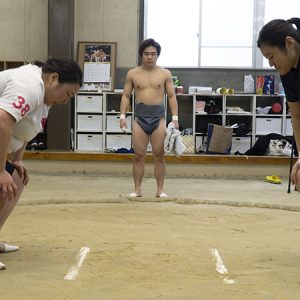
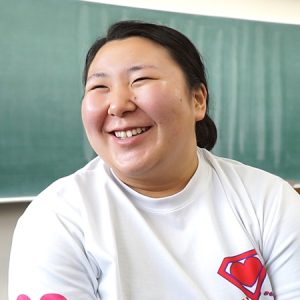


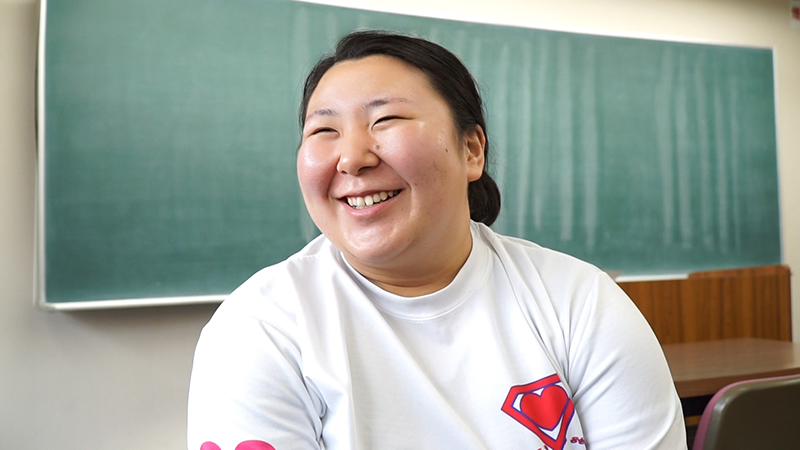


You must be logged in to post a comment Login